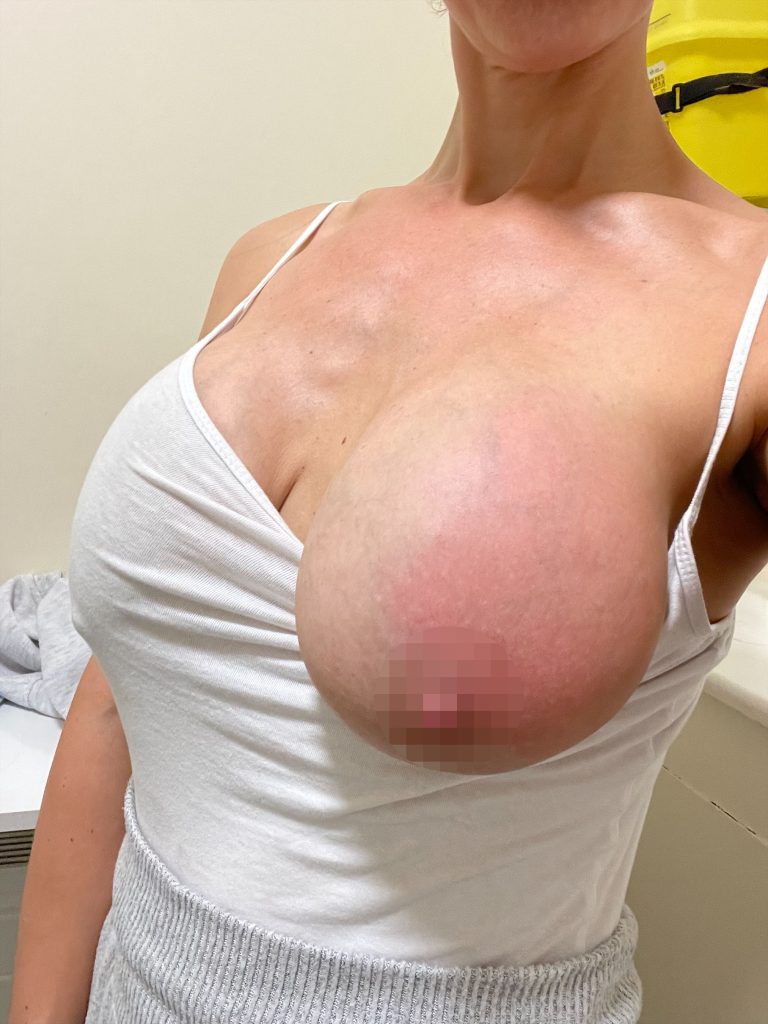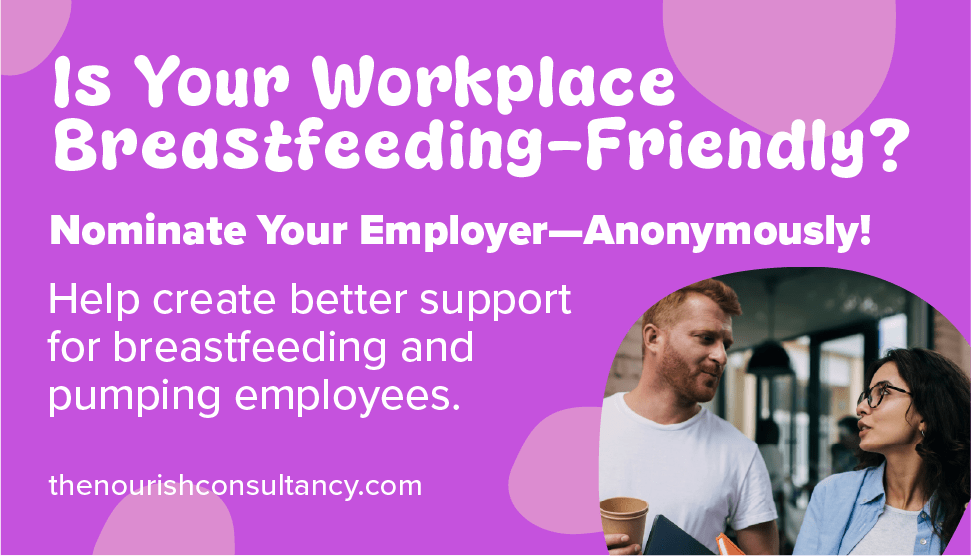Breastfeeding is often described as a natural and beautiful way to nourish your baby, but it can sometimes be accompanied by discomfort or pain. While some level of discomfort might be common, persistent or severe breast pain is usually a sign that something isn’t right.
Understanding what constitutes normal pain and when to seek help can make a significant difference in your breastfeeding experience.
Normal discomfort vs. abnormal pain
Initial discomfort
It’s not unusual to experience some discomfort in the first few days or weeks of breastfeeding. This initial discomfort is often due to your nipples getting used to the new sensation and the frequent nursing sessions that help establish your milk supply.
Common causes of initial discomfort:
- Latch issues: A shallow latch can cause friction and soreness. Ensuring your baby latches deeply can mitigate this discomfort.
- Engorgement: When your milk comes in, your breasts may become engorged, feeling full and tender. Frequent nursing can help alleviate this.
- Let-down reflex: The let-down reflex, which is the release of milk from the breast, can sometimes be accompanied by a tingling or painful sensation, especially in the early stages.

When pain is not normal
While some initial discomfort is expected, persistent or severe pain is not normal and indicates that there might be an underlying issue that needs to be addressed.
Signs of abnormal pain:
- Cracked or bleeding nipples: This could indicate a poor latch or an incorrect nursing position.
- Sharp, stabbing pain: This could be due to issues like thrush, a yeast infection that can develop in the baby’s mouth and on the mother’s nipples.
- Pain deep in the breast: This might be a sign of a blocked duct or mastitis, an infection in the breast tissue that requires medical attention.
- Contiduous nipple pain: Persistent pain despite correct latching and positioning should be evaluated by a lactation consultant or healthcare provider.
Common causes of pain and how to address them
Poor latch
A poor latch is one of the most common reasons for pain. Ensuring a deep latch can prevent nipple soreness and damage. The baby’s mouth should cover more of the areola below the nipple than above, and you should hear swallowing rather than smacking or clicking noises.
Engorgement
Engorgement can cause the breasts to feel very full and hard, leading to discomfort. Frequent feeding, expressing milk, and applying warm compresses can help relieve engorgement.
Thrush
Thrush is a fungal infection that can cause shooting pains in the breast and nipples, which appear red and shiny. Both the mother and baby need to be treated with antifungal medications to eradicate the infection.
Mastitis
Mastitis is an infection that causes pain, swelling, redness, and warmth in the breast. It may also be accompanied by fever and flu-like symptoms. Prompt treatment with antibiotics is necessary, and continued breastfeeding is encouraged to help clear the infection.
Mastitis is an infection that causes pain, swelling, redness, and warmth in the breast. It may also be accompanied by fever and flu-like symptoms.

Nipple Vasospasm
Nipple vasospasm, where blood vessels in the nipple constrict, can cause sharp, burning pain. Keeping the nipples warm and managing any underlying conditions, like Raynaud’s phenomenon, can help alleviate symptoms.
Seeking help
If you experience pain that persists beyond the initial weeks, or if the pain is severe at any time, it’s important to seek help. A lactation consultant can provide guidance on proper latch techniques, positioning, and other breastfeeding concerns. They can also help identify any issues like tongue-tie in your baby, which can affect their ability to latch properly.
If you experience pain that persists beyond the initial weeks, or if the pain is severe at any time, it’s important to seek help
Conclusion
While some initial discomfort during breastfeeding can be considered normal as your body adjusts, persistent or severe pain is not and should not be ignored. Proper latch, frequent nursing, and addressing any underlying issues are key to a comfortable and successful breastfeeding journey. Don’t hesitate to reach out to a lactation consultant or healthcare provider for support to ensure both you and your baby have a positive breastfeeding experience.
















